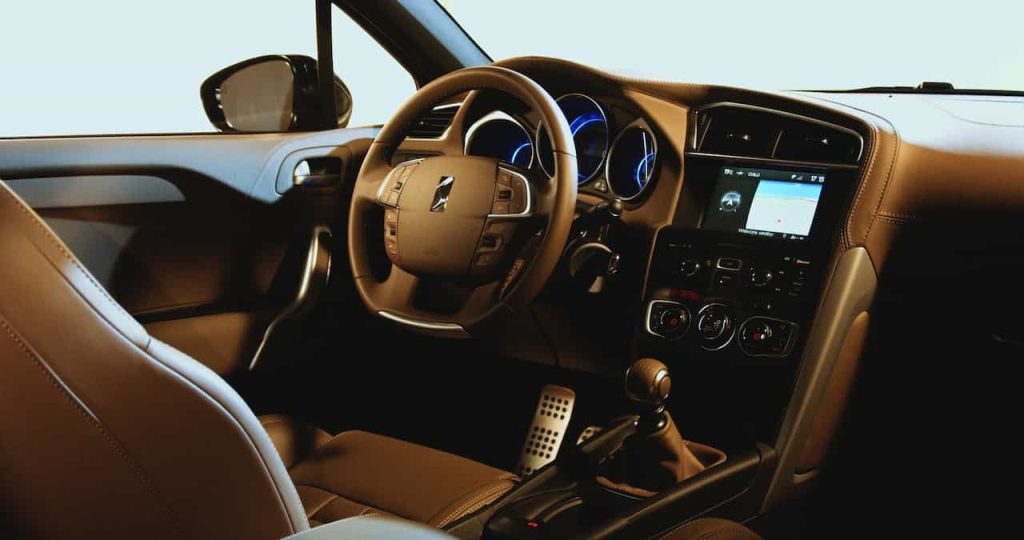Pressure sensors play a crucial role in modern automobiles, helping to monitor and control various aspects of the vehicle’s performance. These sensors provide vital information to the vehicle’s computer systems, allowing for real-time adjustments and ensuring optimal functioning.
In this article, we will explore the different types of pressure sensors commonly used in cars, focusing mainly on the first type: the diesel particulate filter differential pressure sensor, but touching on some other important ones as well.

Contents
Diesel Particulate Filter Differential Pressure Sensor
The diesel particulate filter (DPF) differential pressure sensor is a specialized pressure sensor used in diesel-powered vehicles equipped with a diesel particulate filter. The primary function of the DPF differential pressure sensor is to monitor the pressure difference across the DPF, which helps determine the level of soot accumulation and the effectiveness of the filter in trapping particulate matter.
As the exhaust gases flow through the DPF, particulate matter accumulates on the filter walls. Over time, this buildup can cause an increase in pressure drop across the filter, leading to reduced engine performance and fuel efficiency. The DPF differential pressure sensor detects this pressure difference and provides feedback to the engine control unit (ECU).
Based on the data received from the sensor, the ECU can initiate a process known as DPF regeneration. This involves raising the exhaust gas temperature to burn off the accumulated soot and restore the DPF’s filtering efficiency. By monitoring the pressure difference, the sensor helps ensure that the DPF is functioning correctly and initiates regeneration when necessary.
The DPF differential pressure sensor typically utilizes a strain gauge or piezoelectric technology to measure the pressure difference accurately. It is usually located in close proximity to the DPF and connected to the vehicle’s electrical system for communication with the ECU.
Apart from monitoring the DPF, pressure sensors in cars serve a wide range of other critical functions. Let’s briefly explore some other types of pressure sensors commonly found in automotive applications.
Barometric Pressure Sensors
Barometric pressure sensors play a crucial role in car engines by gauging the atmospheric pressure of the air entering the engine. The data collected is utilized by the engine’s computer to finely tune the fuel-air mixture, resulting in improved performance and fuel efficiency.
Typically situated close to the intake manifold, the barometric pressure sensor precisely detects incoming air pressure variations. Once it detects these changes, it promptly transmits a signal to the engine’s computer, prompting it to adjust the fuel-air mixture accordingly. As a result, the vehicle should operate at its peak level of performance and efficiency.
Manometer Pressure Sensors
Manometer pressure sensors belong to the category of fluid-type pressure sensors, utilizing a U-shaped glass tube as their measuring mechanism. Pressure differentials between the tube’s two surfaces cause displacement of the liquid inside, consequently leading to variations in the fluid level. The height disparity observed between the ends of the tube directly corresponds to the measured pressure.
Renowned for their remarkable precision, these sensors find frequent employment in laboratory settings, especially for calibration purposes. However, due to their relatively sluggish response rate, they are not suitable for dynamic pressure-sensing tasks. Nevertheless, in automotive applications, they remain commonly utilized to gauge the pressure of fuel, oil and air.
Bourdon Tube Pressure Sensors
Bourdon tube pressure sensors are mechanical pressure sensors employed in automobiles to accurately measure the pressure of fluids and gases. Comprising a curved metal tube, they have one end sealed and connected to a pressure source at the other. As the pressure within the tube rises, it causes the tube to straighten, subsequently moving a pointer on a dial or gauge. This simple yet effective mechanism facilitates the measurement of pressure within the car’s engine or various components.
Thanks to their remarkable accuracy and reliability, Bourdon tube sensors are highly favored for automotive use. Additionally, they offer the advantage of being relatively cost-effective compared to other sensor types, making them an appealing choice for various automotive applications.
Read More: Are Tire Pressure Sensors Covered Under Warranty? Things You Never Knew!
Piezoelectric Pressure Sensors
As previously mentioned, piezoelectric pressure sensors have a crucial role in cars, enabling the measurement of fluid pressures like oil, fuel and coolant. These sensors are typically positioned on the engine block or intake manifold and function based on a piezoelectric crystal’s properties, which detect pressure variations. The crystal is integrated into an electrical circuit that effectively transforms the mechanical energy resulting from the pressure changes into an electrical signal. This signal is then transmitted to the car’s computer, allowing interpretation and display on the dashboard or other display devices.
Due to their exceptional accuracy and reliability, piezoelectric pressure sensors are exceptionally well-suited for automotive applications. Moreover, their cost-effectiveness, in comparison to other pressure sensor types, renders them an attractive and practical choice for various automotive uses.